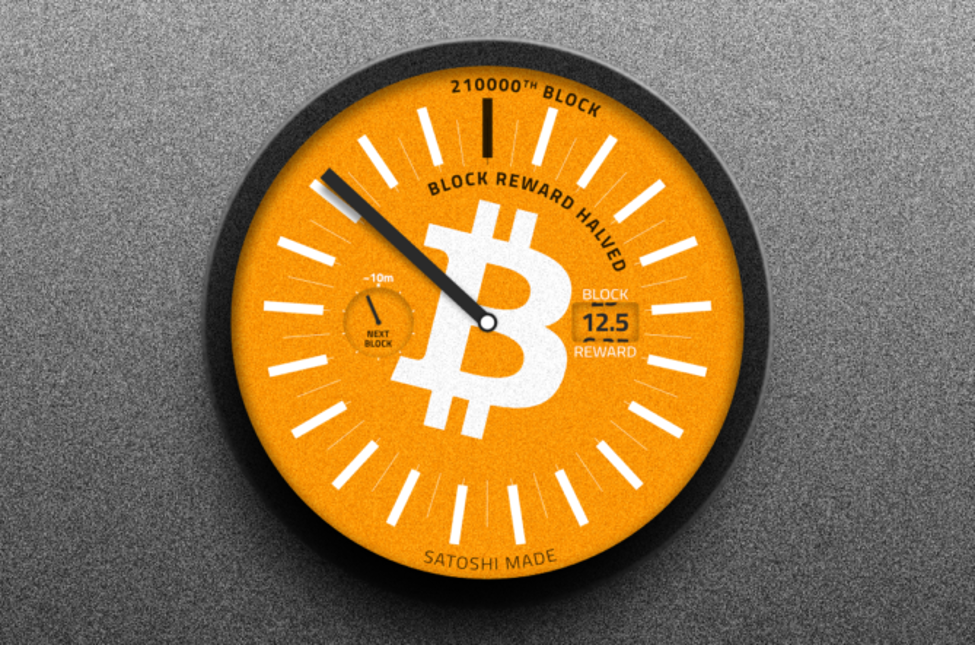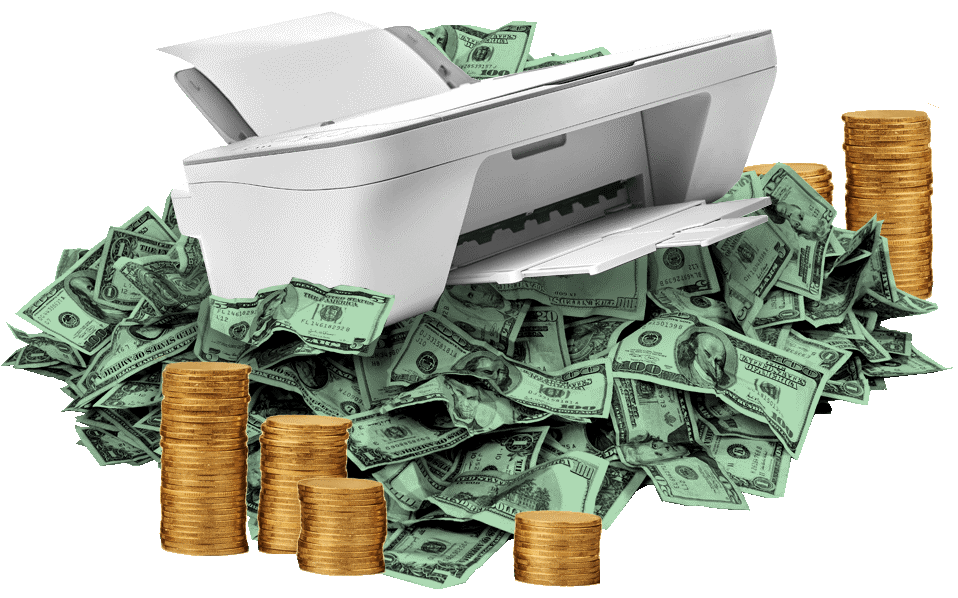Invest in the Fundamentals

Fundamental Value vs. Inflated Value: Step By Step Guide
Fundamental analysis is crucial when measuring the intrinsic or the actual value of an asset or security in the capital markets. At a time when securities appear to be trading at inflated values, fundamental analysis might as well be the ultimate solution out of the quagmire. Any would-be investors should have a clear understanding of the fundamental value and inflated value prior to making any investment decision.
What is Fundamental Value?

Fundamental value, also known as intrinsic value, is a measure of what an asset is truly worth. The measure comes about by analyzing various factors likely to affect price rather than relying on trading market price. The fundamental value differs significantly from the market price.
The fundamental analysis differs a great deal from technical analysis, which relies on historical market data such as price and volume to ascertain the current value. Fundamental analysis is often done from a macro to a micro perspective to identify the intrinsic value of an asset.
While there is no universal standard for calculating the fundamental value of an asset, financial analysts rely on fundamental and technical analysis to ascertain the intrinsic value. Fundamental analysis for determining the fundamental value of an asset entails studying anything that can affect an asset value right from macroeconomic factors to things such as management effectiveness.
When it comes to ascertaining the fundamental value of stocks or other securities, analysts analyze financial metrics such as revenues, earnings as well as return on equity and future growth prospects. All this data is available in financial statements and crucial for determining a company’s underlying value.
Fundamental Value Components

The factors that affect the fundamental value of an asset can be classified into two: quantitative and qualitative. The quantitative factors, in this case, refer to factors that can be measured or expressed in numerical value. The biggest source of quantitative data for fundamental analysis is financial statements.
Qualitative factors, on the other hand, are less tangible and often refer to the quality or character of an asset. Such factors include things such as key executives' competencies as well as brand recognition, patents, and proprietary technology.
The end goal of any fundamental analysis is to come up with a value that any investor can use to ascertain whether the market price is an inflated value or undervalued. Whenever the fundamental value of an asset is higher than the market price, then the underlying asset is deemed undervalued. Such securities are some of the best to buy as their market price tends to increase as investors come to terms with the fundamentals likely to drive prices in the future.
Conversely, whenever the fundamental value is lower than the market price, then security or asset is deemed inflated in value. In such cases, the underlying market price might fall on investors coming to terms with the fact that they are paying more than what the asset is truly worth.
What Is Inflated Value?

An inflated value is simply an underlying price that is not justifiable by underlying fundamentals. An inflated price is always higher than the fundamental value, which is what the asset is actually worth. Analysts and other experts expect the inflated price to drop more often. An asset with an inflated value would trade for more than its fundamental value.
Inflated price may be as a result of price manipulation, among other things. For instance, some institutional investors pump up the prices of underlying assets to inflated levels. By pumping up the price, they get an opportunity to sell the asset after some time to generate bumper profits on the price difference.
Likewise, inflated value in the market may be as a result of emotional trading or gut-driven decisions making in the capital markets. Therefore inflated value does not provide an actual representation of what an asset or security is actually worth.
Investors or buyers should avoid buying inflated stock as they come with lots of risks. Stocks with an inflated value many at times correct. The correction might be substantial, leading to a substantial loss in market value.
Inflated Value Use

Stocks with inflated value are ideal for short sellers looking to generate profits on the price correcting to align with underlying fundamentals. Short selling, in this case, allows investors to benefit from the stock price depreciating to a point where investors believe the underlying market price is in line with the fundamental value.
However, it is also possible for investors to buy inflated stocks due to brand superiority that justifies the over the top price. Superior management, as well as solid long term prospects, is some of the factors that can make one pay an inflated value for security in the stock market.
Finding and stock trading with an inflated value in the capital markets is not difficult. A number of metrics exist that make it possible to ascertain a stock that is not trading at its fundamental value. For instance, the price to earnings ratio is a commonly used metric for ascertaining overvalued stocks in the market.
In this case, an inflated stock would be one trading with a P/E that is 50 times the earnings. Short sellers often look for stocks trading with P/E ratios of more than 50 to short. Electric car maker Tesla was at one time deemed to be trading at an inflated value, given the amount of losses it was posting while the price did tank after some time it ballooned afterward after the company reported solid profits.
Coil Subscribers find out what this all means to you.....
Bottom Line
When it comes to investing in the capital markets, fundamental value and inflated value are some of the most important factors to consider. Fundamental value underscores the actual worth of an underlying asset as it takes into consideration both macro and external factors that affect the price.
Paying an inflated value, on the other hand, translates to overpaying in total disregard of the underlying factors that dictate price.
Buying or owning an asset whose price reflects a fundamental value is the way to go if an investor is to enjoy a high return on equity in the long run. It makes no sense to buy an asset with an inflated value as a correction would often come into play to ensure the price reflects underlying fundamentals.









 POW vs POS vs ILP
POW vs POS vs ILP




























